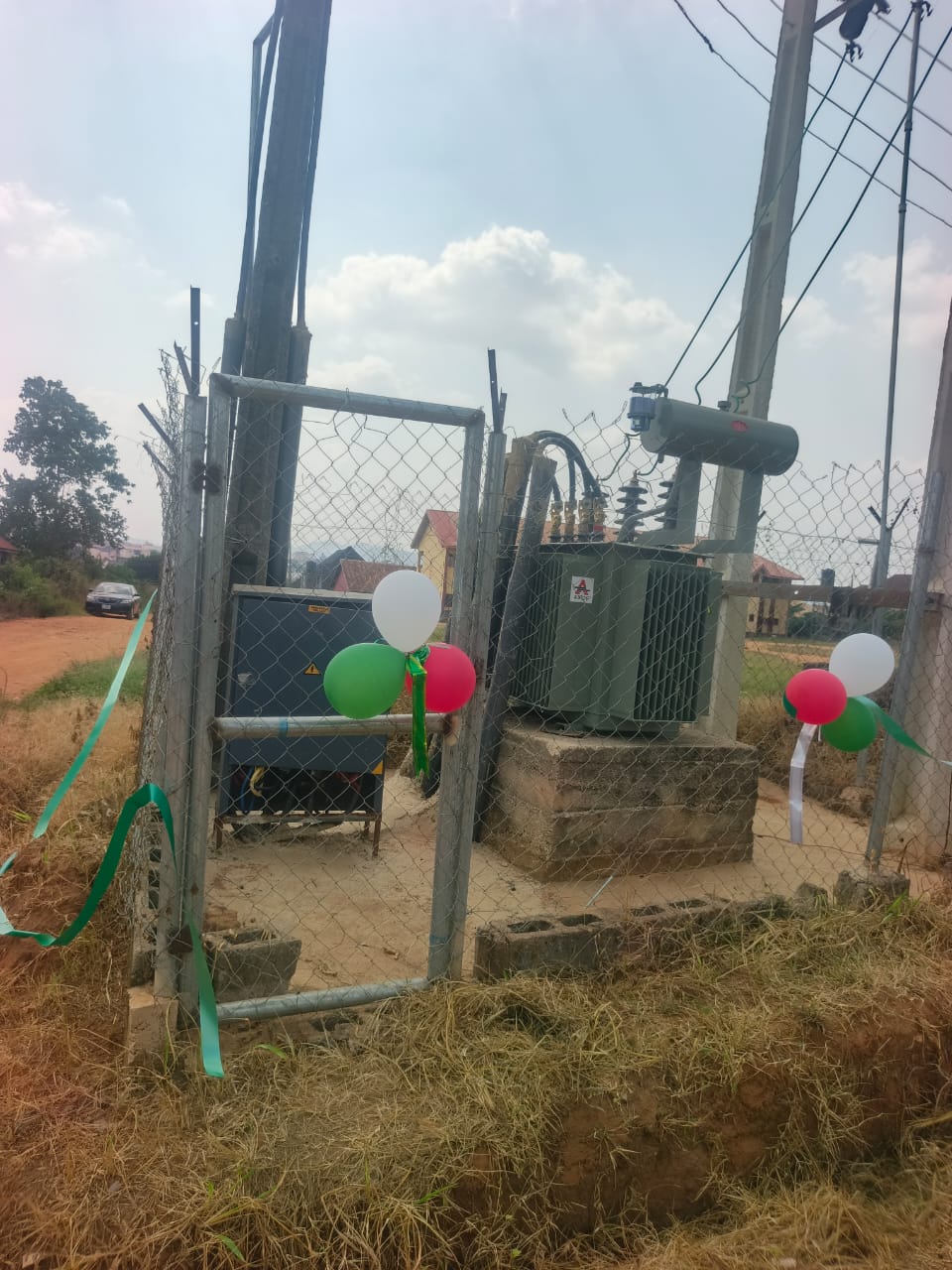Ukraine was evacuating thousands of people Wednesday after an attack on a major Russian-held dam unleashed a torrent of water, inundating two dozen villages and sparking fears of a humanitarian disaster.
Washington warned there would be “likely many deaths” as Moscow and Kyiv traded blame for ripping a gaping hole in the Kakhovka dam, which is located on the frontline and provides cooling water for Europe’s largest nuclear plant.
Kyiv said the destruction of the dam — seized by Russia in the early hours of the war — was an attempt by Moscow to hamper its long-awaited offensive, which Ukraine’s leader stressed would not be affected.
The UN Security Council held an emergency meeting on Tuesday following requests from Russia and Ukraine.
“Today’s news means the plight of the people in Ukraine is set to get even worse,” the UN’s top humanitarian official Martin Griffiths told the meeting.
The UN warned that hundreds of thousands could be affected on both sides of the frontline.
People in Kherson, the largest population centre nearby, headed for higher ground as water poured into the Dnipro River.
“There is shooting, now there is flooding,” said Lyudmyla, who had loaded a washing machine onto a cart attached to an old Soviet car.
“Everything is going to die here,” added Sergiy as water from the dam poured into the city, which was the scene of heavy fighting in 2022. Ukrainian authorities said 17,000 people were being evacuated and a total of 24 villages had been flooded.
“Over 40,000 people are in danger of being flooded,” Prosecutor General Andriy Kostin said, adding that 25,000 more people needed to be evacuated on the Russian-occupied side of the Dnipro.
“The evacuation will continue tomorrow and in the coming days — by bus and train,” presidential adviser Oleksiy Kuleba said late Tuesday.
– ‘Environmental bomb’ –
Ukrainian President Volodymyr Zelensky accused Russia of detonating an “environmental bomb of mass destruction”, saying authorities expected up to 80 settlements to be flooded and urging the world to “react”.
“This crime carries enormous threats and will have dire consequences for people’s lives and the environment,” Zelensky said.
But the explosion would “not affect Ukraine’s ability to de-occupy its own territories”, he added.
Last October, Zelensky accused Russia of planting mines at the dam, warning that its destruction would spur a new wave of refugees into Europe.
Kyiv said 150 tonnes of engine oil had spilled into the river, and the agricultural ministry said about 10 thousand hectares of farmland on the right bank of the river would be flooded and “several times more” on the left bank.
Western powers also blamed Russia for the damage, with EU chief Charles Michel calling it a “war crime”, while NATO chief Jens Stoltenberg said the dam breach was “outrageous”.
The United States “cannot say conclusively what happened at this point,” National Security Council spokesman John Kirby told reporters.
British Prime Minister Rishi Sunak said that the country’s military and intelligence agencies were probing whether Russia blew up the dam, but that it was “too soon” to say definitively.
UN Secretary-General Antonio Guterres called the attack “another devastating consequence of the Russian invasion of Ukraine”.
“Today’s tragedy is yet another example of the horrific price of war on people,” he said.
Russia, however, said the dam was partially destroyed by “multiple strikes” from Ukrainian forces and urged the world to condemn Kyiv’s “criminal acts”.
Kremlin spokesman Dmitry Peskov said the destruction was the result of “deliberate sabotage by the Ukrainian side.”
The Soviet-era dam, built in the 1950s, sits on the Dnipro River, which provides cooling water for the Russian-occupied Zaporizhzhia nuclear power plant some 150 kilometres (90 miles) away.
Moscow and Kyiv offered conflicting assessments of the safety of the facility.
The Russian-installed director of the plant, Yuri Chernichuk, said water levels in the cooling pond had not changed and “at the moment, there is no security threat to the Zaporizhzhia nuclear power plant”.
– Floods could shift mines –
Ukraine, then part of the Soviet Union, suffered the devastating Chernobyl nuclear disaster in 1986, and its authorities sounded the alarm over the Kakhovka breach.
“The world once again finds itself on the brink of a nuclear disaster, because the Zaporizhzhia nuclear power plant lost its source of cooling. And this danger is now growing rapidly,” Zelensky’s aide Mykhaylo Podolyak said.
The Ukrainian nuclear operator, Energoatom, said the water level of the Kakhovka reservoir was “rapidly decreasing, which is an additional threat” to the Zaporizhzhia plant.
The UN humanitarian agency said it was concerned about “the severe humanitarian impact on hundreds of thousands of people on both sides of the front line”.
“Flooding and fast-moving water can move mines and explosive ordnance to new areas which previously had been assessed as safe, thus putting more people in danger.”
Ukrainian Foreign Minister Dmytro Kuleba wrote on Twitter that the EU had pledged “necessary assistance and humanitarian aid to mitigate the consequences of this Russia-made disaster”.
AFP



